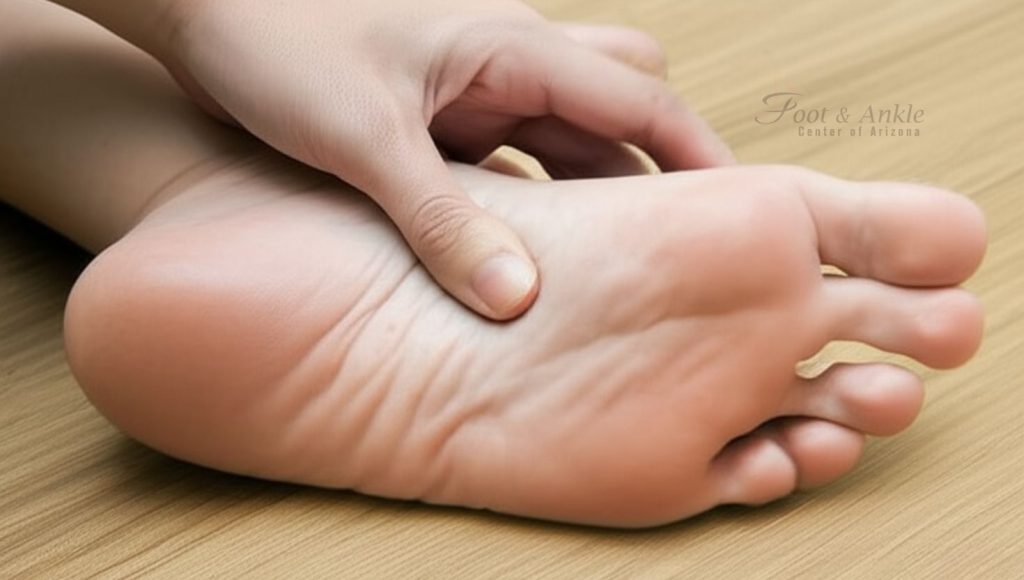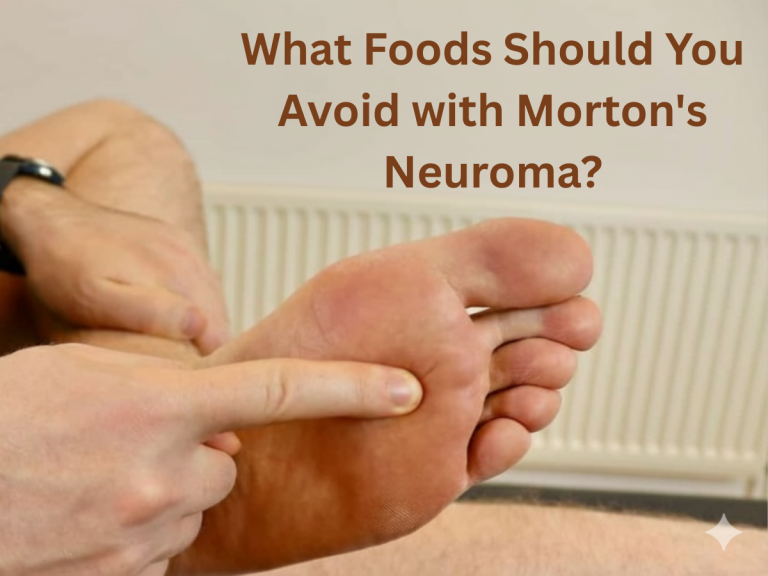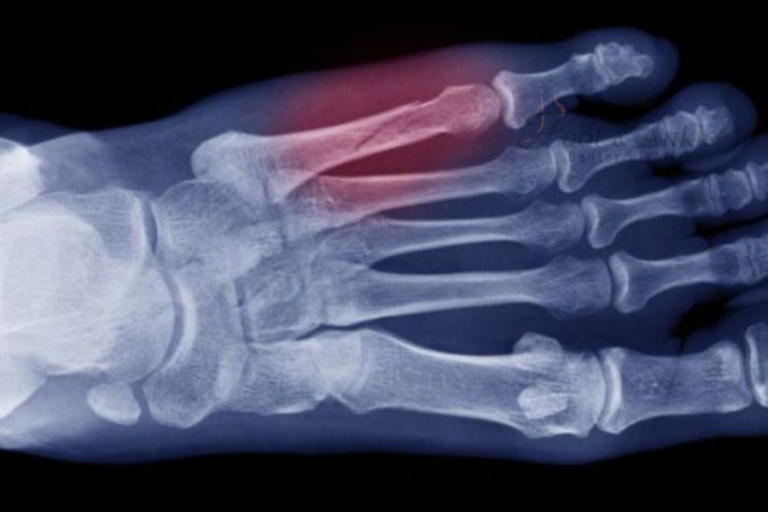Foot discomfort is more common than people realize, and one of the unusual yet painful conditions is the development of foot knots on the bottom. While these lumps are often non-cancerous, they can impact mobility and daily life. Understanding the causes, symptoms, and treatment options is essential to manage this condition effectively.
What Are Foot Knots on the Bottom?
Foot knots on the bottom, often called plantar fibromas, are firm, benign nodules that form in the plantar fascia—the thick band of tissue connecting your heel to your toes. These growths vary in size and can sometimes be painless initially. Over time, they may become tender or even painful, particularly when standing, walking, or wearing tight shoes.
How Do They Form?
The exact cause of plantar fibromas is still unknown. However, several factors are thought to contribute:
- Genetic predisposition: A family history of plantar fibromas may increase risk.
- Foot trauma or injury: Past injuries or repeated stress on the foot can trigger scar tissue formation.
- Repetitive stress: Jobs or activities requiring long periods of standing, running, or jumping can worsen the condition.
- Medical conditions: Certain conditions like diabetes or epilepsy may increase susceptibility.
Symptoms of Foot Knots on the Bottom
Recognizing the symptoms early is crucial. The most common signs include:
1. Firm Lump in the Arch
A small, hard nodule develops along the arch of your foot. It may be movable or fixed in some cases.
2. Pain or Discomfort
Pressure on the nodule, such as standing or walking, can cause pain. Discomfort may worsen with tight footwear.
3. Swelling
Some patients notice mild swelling around the affected area, which can make shoes feel tight.
4. Difficulty Walking
Severe cases may alter your gait and make walking uncomfortable.
Diagnosing Foot Knots on the Bottom
A podiatrist can usually diagnose plantar fibromas with a physical exam. To confirm the diagnosis or evaluate the extent of the condition, they may recommend imaging tests such as:
- Ultrasound – To assess the nodule’s size and depth.
- MRI – To rule out other conditions and provide a detailed view of the plantar fascia.
Early diagnosis helps manage pain and prevent further complications.
Treatment Options for Foot Knots on the Bottom
Treatment depends on the size of the nodule, the level of discomfort, and the patient’s lifestyle. Options range from conservative approaches to surgical intervention.
Non-Surgical Treatments
1. Orthotic Devices
Custom shoe inserts help redistribute pressure away from the nodule, reducing pain and discomfort.
2. Steroid Injections
Corticosteroid injections may decrease inflammation and shrink the fibroma over time.
3. Physical Therapy
Stretching exercises, massage, and ultrasound therapy can reduce pain and improve mobility.
4. Footwear Modifications
Supportive shoes with cushioning and wide toe boxes can minimize pressure on the nodules.
Surgical Options
If non-surgical treatments fail or the fibroma interferes with daily activities, surgical removal may be considered. Surgery removes the nodule, but there is a risk of recurrence. Patients should discuss risks and benefits thoroughly with their podiatrist.
Preventing Foot Knots on the Bottom
While prevention isn’t always possible, certain measures can reduce the risk:
- Wear proper footwear – Choose shoes that provide support and cushioning.
- Avoid repetitive stress – Limit prolonged periods of standing or high-impact activity.
- Maintain foot health – Properly manage conditions like diabetes and maintain a healthy weight.
When to See a Doctor
Seek medical attention if you notice:
- A growing lump on the bottom of your foot
- Persistent pain or swelling
- Difficulty walking or wearing shoes comfortably
Early consultation ensures proper management and reduces the risk of complications.
Conclusion
Foot knots on the bottom are benign yet potentially painful nodules that can affect your daily life. Understanding their causes, symptoms, and treatment options is crucial for maintaining foot health. Conservative treatments are often effective, but in severe cases, surgical intervention may be necessary. Always consult a qualified podiatrist to determine the best course of action.




